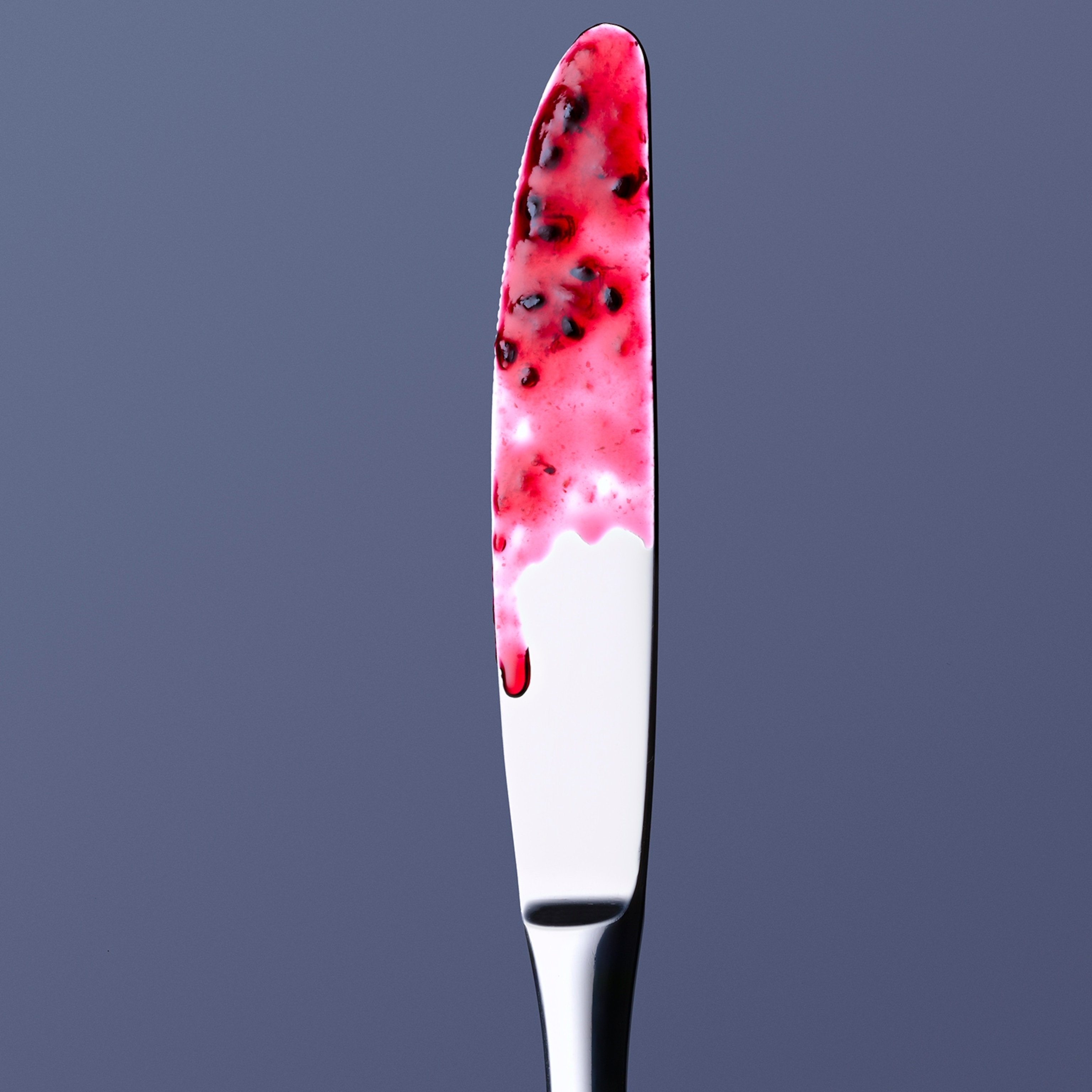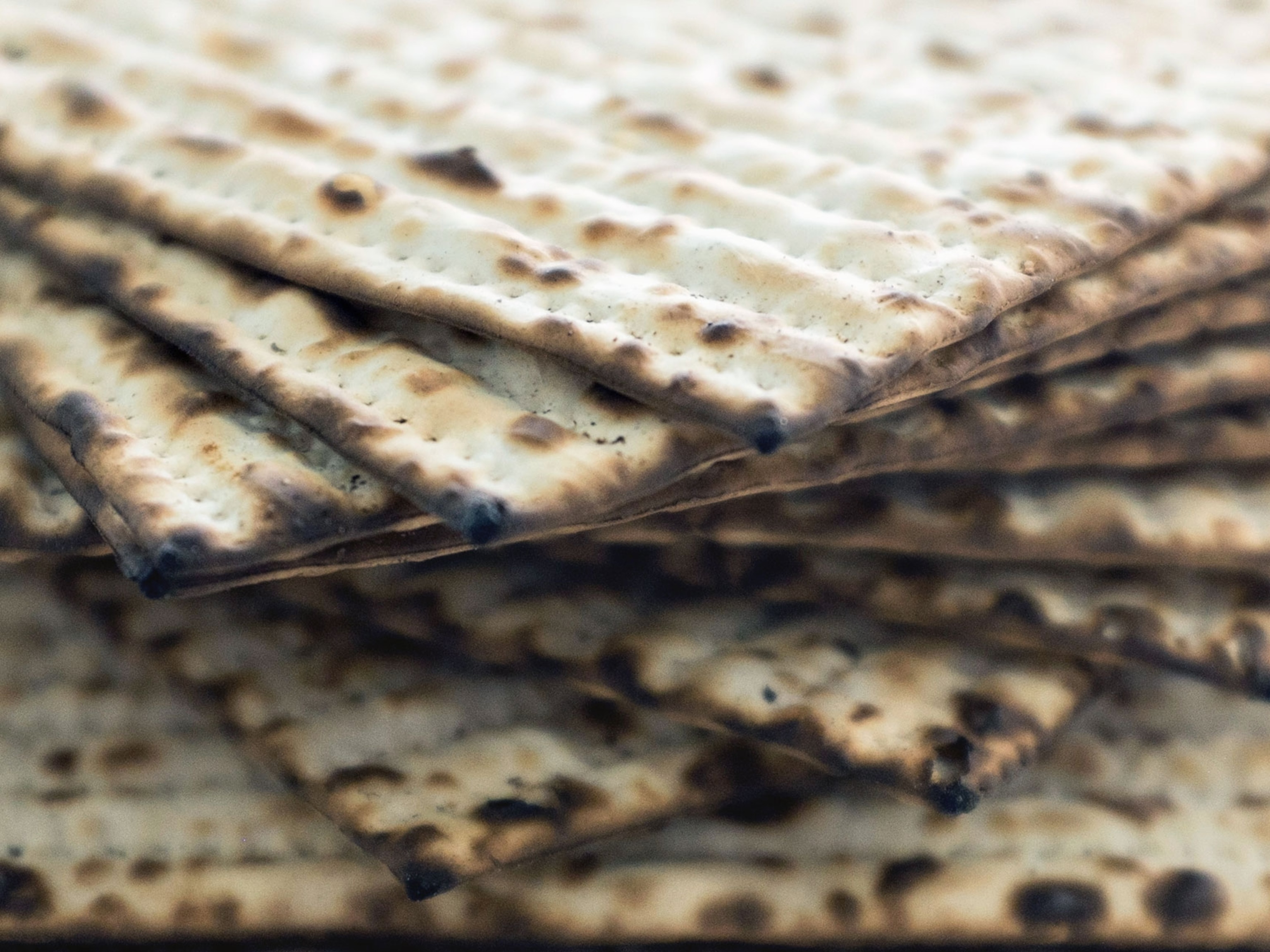By and large, Americans seem to like vanilla ice cream better than chocolate.
There’s a little waffling here: one source claims that actually it’s Democrats who prefer vanilla, while Republicans go for chocolate; and a Baskin-Robbins poll found that there’s a substantial contingent in the Southwest that shuns both in favor of mint chocolate chip. On the other hand, the International Ice Cream Association, which should know, puts vanilla at the top of the charts as first choice of 29 percent of ice-cream eaters, feebly followed by chocolate (8.9 percent), butter pecan (5.3 percent), and strawberry (5.3 percent).
Given our passion for vanilla, it seems peculiar that “plain vanilla” is the going synonym for anything basic, bland, or blah. A plain-vanilla wardrobe lacks pizzazz; plain-vanilla technologies lack bells and whistles; plain-vanilla automobiles miss out on chrome, fins, and flashy hood ornaments; and plain-vanilla music is the sort of soulless drone that afflicts us in elevators. The truth is, though, that plain vanilla is anything but dull.
Vanilla is a member of the orchid family, a sprawling conglomeration of some 25,000 different species. Vanilla is a native of South and Central America and the Caribbean; and the first people to have cultivated it seem to have been the Totonacs of Mexico’s east coast. The Aztecs acquired vanilla when they conquered the Totonacs in the 15th Century; the Spanish, in turn, got it when they conquered the Aztecs. One source claims that it was introduced to western Europe by Hernán Cortés-though at the time it was eclipsed by his other American imports, which included jaguars, opossums, an armadillo, and an entire team of ballplayers equipped with bouncing rubber balls.

The Aztecs drank their chocolatl with a dash of vanilla, and Europeans, once they got used to the stuff (one appalled Spaniard described chocolate as “a drink for pigs”), followed suit. Vanilla was thought of as nothing more than an additive for chocolate until the early 17th Century, when Hugh Morgan-a creative apothecary in the employ of Queen Elizabeth I-invented chocolate-free, all-vanilla-flavored sweetmeats. The Queen adored them. By the next century, the French were using vanilla to flavor ice cream-a treat discovered by Thomas Jefferson in the 1780s, when he lived in Paris as American Minister to France. He was so thrilled with it that he copied down a recipe, now preserved in the Library of Congress.
Vanilla came late to recipe books. According to food historian Waverley Root, the first known vanilla recipe appears in the 1805 edition of Hannah Glasse’s The Art of CookeryHannah Glasse’s The Art of Cookery, which suggests adding “vanelas” to chocolate; the first American recipe-for vanilla ice cream-is found in Mary Randolph’s The Virginia HousewifeMary Randolph’s The Virginia Housewife (1824). By the latter half of the century, the demand for vanilla skyrocketed. Not only was it the established flavor of choice for ice cream, but it was an essential ingredient of soft drinks-among these Atlanta chemist John S. Pemberton’s Coca-Cola, which went on sale in 1886, impressively advertised as an “esteemed Brain tonic and Intellectual Beverage.”
The problem with vanilla is that it’s pricey. Vanilla is the second most expensive spice in the world (after saffron) because its production is so labor-intensive. Vanilla grows as a clinging vine, reaching lengths of up to 300 feet, from which sprout pale greenish-yellow flowers, about four inches in diameter. These-in Mexico, vanilla’s native habitat-are pollinated by melipona bees and, occasionally, by hummingbirds. Each flower remains open for just 24 hours, after which, if not pollinated, it wilts, dies, and drops to the ground. Frankly, given its sexual proclivities and narrow window of opportunity, the very existence of vanilla seems like an evolutionary long shot.

If pollination is successful, a fruit develops in the form of a 6-to-10-inch-long pod, filled with thousands of minuscule black seeds (the appealing specks in good-quality vanilla ice cream). Transplants of vanilla to tropical and presumably vanilla-friendly regions around the globe, however-lacking the proper bees-remained determinedly podless until 1841, when Edmond Albius, a 12-year-old slave boy on the island of Réunion in the Indian Ocean, figured out how to hand-pollinate the vanilla blooms using a stick and a flip of the thumb. The simple technique had far-reaching implications. Vanilla plantations sprang up across the globe, from Madagascar to India, Tahiti, and Indonesia. Today about 75 percent of the world’s vanilla comes from Madagascar and Réunion.
The vanilla beans-which at harvest look like string beans-are individually hand-picked as they become ripe, and then are subjected to a prolonged, multi-step curing process. The end result is the dessiccated, but aromatic, black pods sold by spice purveyors. The pokiness of the vanilla plant-it takes nine months for the pods to ripen-and the grueling nature of the harvesting and post-harvest preparation means that we, internationally, don’t produce much vanilla. Total worldwide production is about 2000 metric tons, which is a drop in the bucket when it comes to vanilla demand. The vast bulk-99 percent-of vanilla-flavored products on the market, from vanilla-flavored vodka to vanilla wafers and vanilla pudding, don’t actually contain vanilla.
Vanilla is a stunningly complex and subtle spice, containing at a guess somewhere between 250 and 500 different flavor and fragrance components. The most prominent of these is vanillin (4-hydroxy-3-methoxybenzaldehyde) which-despite its ungainly chemical moniker-is relatively straightforward to synthesize. Vanillin can be made from petrochemicals; from lignin, a by-product of the wood pulp and paper industry; and from eugenol, a component of clove oil. It can even be produced from castoreum, a molasses-like secretion from the anal glands of beavers, though this, admittedly, is a minor source.

Synthetic vanillin is at least twenty-fold cheaper than real vanilla, which explains why it’s manufactured and sold to the tune of 20,000 metric tons per year. If you’re nibbling on something vanilla-flavored or sniffing something vanilla-scented, chances are that you’re enjoying synthetic vanillin, not natural vanilla.
This makes the recent “Campaign for Natural Vanilla” launched by the environmental organization Friends of the Earth (FOE) look downright dumb. What FOE is protesting is synbio vanillin, a product of the synthetic-biology industry. Synbio products are made by engineering artificial DNA sequences which are implanted in living cells such as algae or yeast. The cells are then grown up in large quantities in fermenters and the products that they manufacture are purified from the culture medium.
Yeast has been engineered in this fashion to make valencene and noolkatone, the chemicals responsible for the citrusy smells of oranges and grapefruit, used in perfumes; and Ecover, a Belgian synthetic-biology company, uses a modified single-cell algae to produce a synbio version of palm kernel oil, used in soap. (A hope here is to protect the tropical rainforests from being felled in favor of palm trees.)
Synbio vanillin, claims a recent article in Mother Jones, “will compete directly with the premium-priced natural vanilla market now owned by farmers in places like Madagascar and Mexico.” Well, it won’t. It will compete with the substantial synthetic vanillin industry, the guys who are making vanillin from petrochemicals and wood pulp. And both techniques—synthetic biology and synthetic chemistry—are making exactly the same molecule: vanillin, a.k.a. 4-hydroxy-3-methoxybenzaldehyde. There’s nothing wrong, weird, or dangerous about either synthetic vanillin or synbio vanillin. But to imply that the synbio version is somehow creepy—as opposed to the “old-fashioned” kind made out of coal tar—is just plain silly.
Neither vanillin, however, is real vanilla.
If you want real plain vanilla, you’ll need a vanilla bean.
This story is part of National Geographic’s special eight-month Future of Food series.
Correction: An earlier version of this story misstated that vanilla is the only edible orchid. Vanilla is one of many edible orchid species.
References:
- From the Library of Congress, Thomas Jefferson’s recipe for Vanilla Ice Cream.
- Ecott, Tim. Vanilla: Travels in Search of the Ice Cream Orchid. Grove Press, 2005.
- Hayden, Erika Check. Synthetic-biology firms shift focus. Nature 505, 29 January 2014.
- Rain, Patricia. Vanilla: The Cultural History of the World’s Favorite Flavor and Fragrance. Jeremy P. Tarcher/Penguin, 2004.
- See this recipe for making homemade vanilla extract.
Related Topics
You May Also Like
Go Further
Animals
- Orangutan seen using plants to heal wound for first timeOrangutan seen using plants to heal wound for first time
- What La Palma's 'lava tubes' tell us about life on other planetsWhat La Palma's 'lava tubes' tell us about life on other planets
- This fungus turns cicadas into zombies who procreate—then dieThis fungus turns cicadas into zombies who procreate—then die
- How can we protect grizzlies from their biggest threat—trains?How can we protect grizzlies from their biggest threat—trains?
- This ‘saber-toothed’ salmon wasn’t quite what we thoughtThis ‘saber-toothed’ salmon wasn’t quite what we thought
Environment
- What La Palma's 'lava tubes' tell us about life on other planetsWhat La Palma's 'lava tubes' tell us about life on other planets
- How fungi form ‘fairy rings’ and inspire superstitionsHow fungi form ‘fairy rings’ and inspire superstitions
- Your favorite foods may not taste the same in the future. Here's why.Your favorite foods may not taste the same in the future. Here's why.
- Are the Great Lakes the key to solving America’s emissions conundrum?Are the Great Lakes the key to solving America’s emissions conundrum?
- The world’s historic sites face climate change. Can Petra lead the way?The world’s historic sites face climate change. Can Petra lead the way?
History & Culture
- Meet the ruthless king who unified the Kingdom of Hawai'iMeet the ruthless king who unified the Kingdom of Hawai'i
- Hawaii's Lei Day is about so much more than flowersHawaii's Lei Day is about so much more than flowers
- When treasure hunters find artifacts, who gets to keep them?When treasure hunters find artifacts, who gets to keep them?
Science
- Why ovaries are so crucial to women’s health and longevityWhy ovaries are so crucial to women’s health and longevity
- Orangutan seen using plants to heal wound for first timeOrangutan seen using plants to heal wound for first time
- Should you be concerned about bird flu in your milk?Should you be concerned about bird flu in your milk?
Travel
- On this Croatian peninsula, traditions are securing locals' futuresOn this Croatian peninsula, traditions are securing locals' futures
- Are Italy's 'problem bears' a danger to travellers?Are Italy's 'problem bears' a danger to travellers?
- How to navigate Nantes’ arts and culture scene
- Paid Content
How to navigate Nantes’ arts and culture scene








